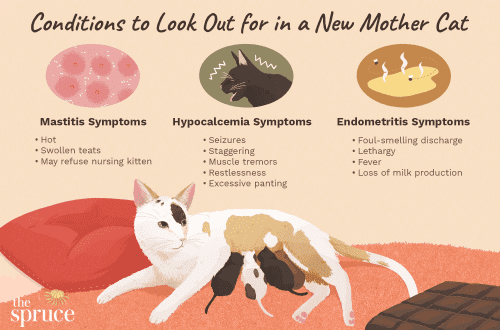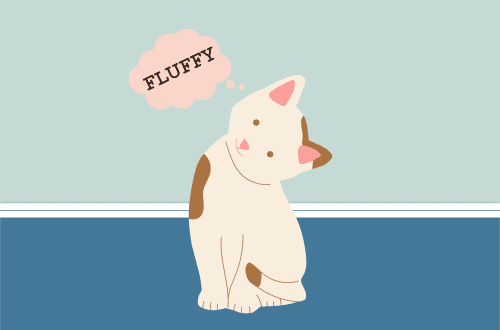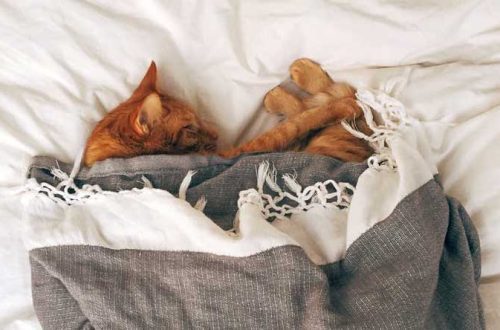
Characters of cats: types, temperaments, examples of breeds
Contents
Cat psychology
The main feature of the psychology of cats is their independence. These pets cannot be forced to obey and carry out commands. Walking on their own, they will only do what they want to do. Willfulness is not a minus of the mustachioed-striped, on the contrary, cat lovers appreciate them for it. The gracefulness, grace and soft gait of the “little tiger” have inspired artists, musicians and writers for centuries. No wonder a beautiful spectacular woman is sometimes compared to a cat.
Despite its love of freedom, a cat is able to sincerely become attached to a person, and her love will be all the more valuable. Cats are able to sensitively respond to changes in the mood of the owner and even feel his pain. Deciding to have a cute kitten in the house, we subconsciously strive to get in touch with wildlife, because a small predator can be picked up and caressed.
A cat in the house is associated with comfort, well-being and happiness. Curled up, purring baby makes you distract from minor problems and gives a feeling of warmth. There are also very playful, active cats, but their whims do not cause inconvenience and are perceived as funny petty pranks. In order for cohabitation with a cat to be joyful and comfortable, your characters must be compatible – everything is like with people!
Characters of cats of various breeds
The characters of cats of different breeds can be divided into 3 groups:
- sociable and sociable;
- calm and balanced;
- domineering and proud.
It is very difficult to answer the question of which character of a cat is better, it all depends on what is closer to you. Each group has its own characteristics that must be considered when choosing a kitten. By the way, in order to know what to expect from a cat in terms of character and behavior, it is better to give preference to thoroughbred animals. Each breed is characterized by certain well-established specific features of behavior. The likelihood that the cat’s behavior will meet expectations will be higher in pets with a pedigree.
Sociable and sociable
Cats, whose characteristic feature is excessive sociability, simply adore their owners! Kotofey can spend hours with his family, follow everyone and keep up the conversation with fervent meowing – the real “soul of the company”. When there is someone at home, the cat does not leave him a single step, rubs against his legs, lies on his hands, jumps on his shoulder. In some ways, cats of this type can even be called annoying, someone considers them clingy. But here it is important that such cats are taken into the house precisely for communication, since the presence of a person nearby is vital for these animals. They hardly survive loneliness, so they are not suitable for extremely busy people who return home only to sleep. In addition, sociable cats do not tolerate rough treatment, they only understand the language of affection.
The other side of the coin is the jealousy of cats. They are so strongly attached to the owner that they do not want to share it with anyone – neither with other pets, nor with family members.
The group of “sociable and sociable” includes the Siamese cat, German Rex, Canadian Sphynx, Oriental and Bengal cats.
Calm and balanced
The calmness and poise of these cats are the result of a very stable nervous system. Animals that by nature belong to this subgroup never show aggression. Calm cats are perfect for families with small children. Affectionate and docile, they will never be too intrusive. Such cats do not stick to people on their own, but they will gladly let you pick yourself up, stroke or scratch behind the ear.
However, even with such balanced cats, care must be taken. If you hurt them, even accidentally, the result can be a sharp change in behavior – the cat will break free, try to run away and inadvertently scratch or bite. To paraphrase the English poet John Dryden, we say: “Fear the wrath of a patient cat.”
In this group, the following breeds have the most accommodating character: Siberian cat, Russian blue, American Curl, Norwegian Forest cat, Burmilla and Burmese cat.
Powerful and proud
Most often, pride, independence and dominance are characteristic of breeds that were bred on the basis of wild cats, through direct selection. Accordingly, they retained natural habits from wild ancestors, among which the desire to dominate and self-sufficiency occupy not the last place.
Coexisting with such a cat side by side even for many years, it cannot be said that it becomes completely domestic. Such cats do not tend to be strongly attached to a person. They would be offended by the definition of “our smaller brothers” – these are full-fledged and full members of the family, whose opinion will have to be reckoned with. Cats will be complaisant and affectionate, but exactly until the moment when they themselves do not want to change mercy to anger. It is better not to have pets from this group for families with children, because it is difficult to predict the behavior of such a cat. It might just be dangerous for a child to be around her.
On the other hand, a strong and independent cat is a great partner for busy people. She feels great being alone and minding her own business. For the same reason, such a cat should be the only pet in the house – it gets along with other animals with difficulty.
The most popular representatives of this group are Maine Coon, British and Persian cats, Kuril and Japanese Bobtails.
Cat temperament
In addition to what breed a cat belongs to, from birth it has a certain temperament. So, when we come to the cattery to choose a kitten, we can notice that kids from the same litter behave differently: someone plays and frolic on their own, someone easily makes contact and seems to say “choose me”, and who something is hiding in the corner or behind the mother cat.
By analogy with human temperaments, cats are divided into
- choleric,
- sanguine people
- melancholic,
- phlegmatic.
Choleric cat
Cats of the choleric type are characterized by a desire for vigorous activity. They are active, prone to mood swings, and react violently to new things and sounds. So, if a guest in rustling clothes comes to the house, the cat will not calm down for a long time. The cat can express its surprise with a loud meow and even a growl.
A choleric cat will never endure an insult and will not restrain his emotions. He will immediately give back with his paw or bite his opponent, and it does not matter if it is a person, a dog or another cat. An owner who leads an active lifestyle and has an explosive temperament is suitable for such a furry. If there are small children in the family, you will have to be very careful with such a cat, you don’t always know what to expect from her.
Sanguine cat
A sanguine cat is ideal for the home. She quickly gets used to the new environment, gets along with other pets and loves children very much. Once in the house, the kitten will quickly adapt and begin to explore the room, will not hide in the corners. Sanguine people are playful and active, but not overly.
But how to get a cat with such a great character? When examining kittens from a breeder, pay attention to babies who are calmer than the rest. A sanguine cat has a strong physique, will easily make contact with you, while not squeaking or screaming for too long.
Phlegmatic cat
Phlegmatic cats are calm and slow. The pet will not actively demonstrate his emotions and rush around the apartment; rather, he can be called closed, restrained, balanced. A phlegmatic cat will feel comfortable even in a small apartment where she can sleep almost all day. If you want to play with her, the cat will most likely just watch you try.
A cat of this type is perfect for older people, workaholics who are away from home and those who like to pass the time on the couch. The weak point of phlegmatic people is the tendency to obesity, which is a consequence of low activity. It is important to monitor the cat’s nutrition and buy new toys that will help stir it up.
melancholic cat
Vulnerable and sensitive melancholic cats are characterized by increased anxiety. It is easy to offend them, they are afraid of strangers, they get used to new furniture in the house for a long time. In no case should you shout at a melancholic cat, let alone punish her physically. Talk to your beauty every day in a calm voice and stroke her.
The big plus of these cats, covering all the shortcomings, is the endless devotion and love for a person. You can call them monogamous. The owner becomes their friend for life.
The nature of the cat and cats after castration and sterilization
Owners of neutered and sterilized cats and cats note that after the surgery, their pets have become more calm and balanced. Since cats and cats are not eager to find a partner, they do not run away from home and do cat “concerts”. Animals are more accommodating and affectionate, their level of activity may decrease.
However, one should not expect cardinal changes in the character of a sterilized cat or a neutered cat. Pets unaccustomed to the scratching post continue to tear furniture, and angry fluffies continue to hiss and scratch. But good-natured cats will definitely keep a positive attitude and will not sharpen their teeth on their owners.





